The Impact of Free Movement of Goods on International IP Law
VerifiedAdded on 2020/03/16
|5
|934
|108
Essay
AI Summary
This essay examines the complex relationship between international intellectual property law and the free movement of goods, particularly within the European Union. It explores the challenges faced by American businesses navigating the intersection of EU and member state intellectual property laws. The essay highlights the role of the European Court of Justice in resolving conflicts and facilitating trade, while also considering the broader development of international trade law. It discusses the EU's common market, its impact on harmonization, and the balance between protecting intellectual property rights and enabling the free movement of goods. The essay further analyzes the impact of treaties like the Amsterdam Treaty and articles like 101 and 102, which aim to regulate trade agreements and prevent the abuse of dominant market positions. It also addresses conflicts between intellectual property rights and free movement, the exhaustion of rights doctrine, and various barriers to trade. The essay concludes by emphasizing the legal framework of trademark, patent, and copyright law within the EU for the free movement of goods and the resolution of related disputes.
1 out of 5
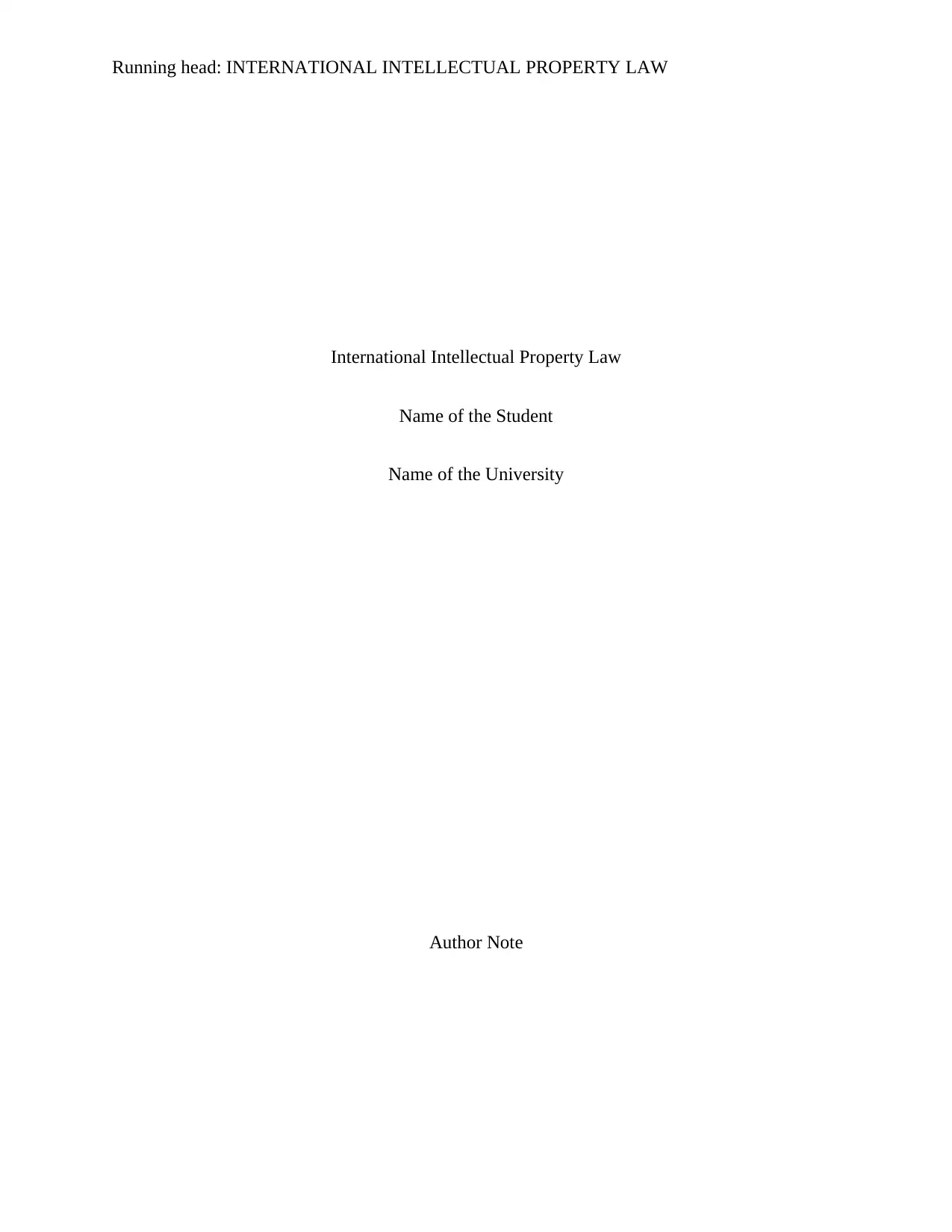
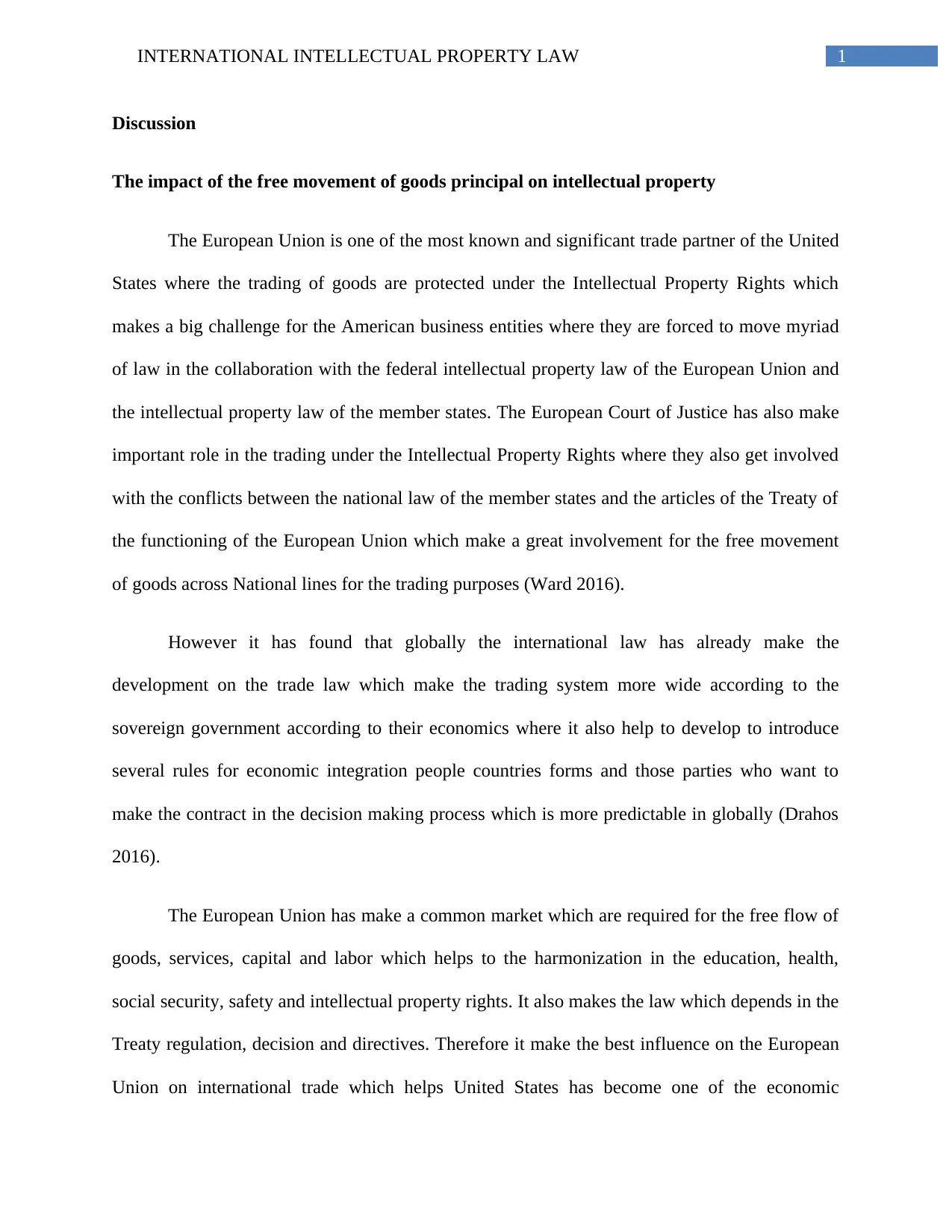
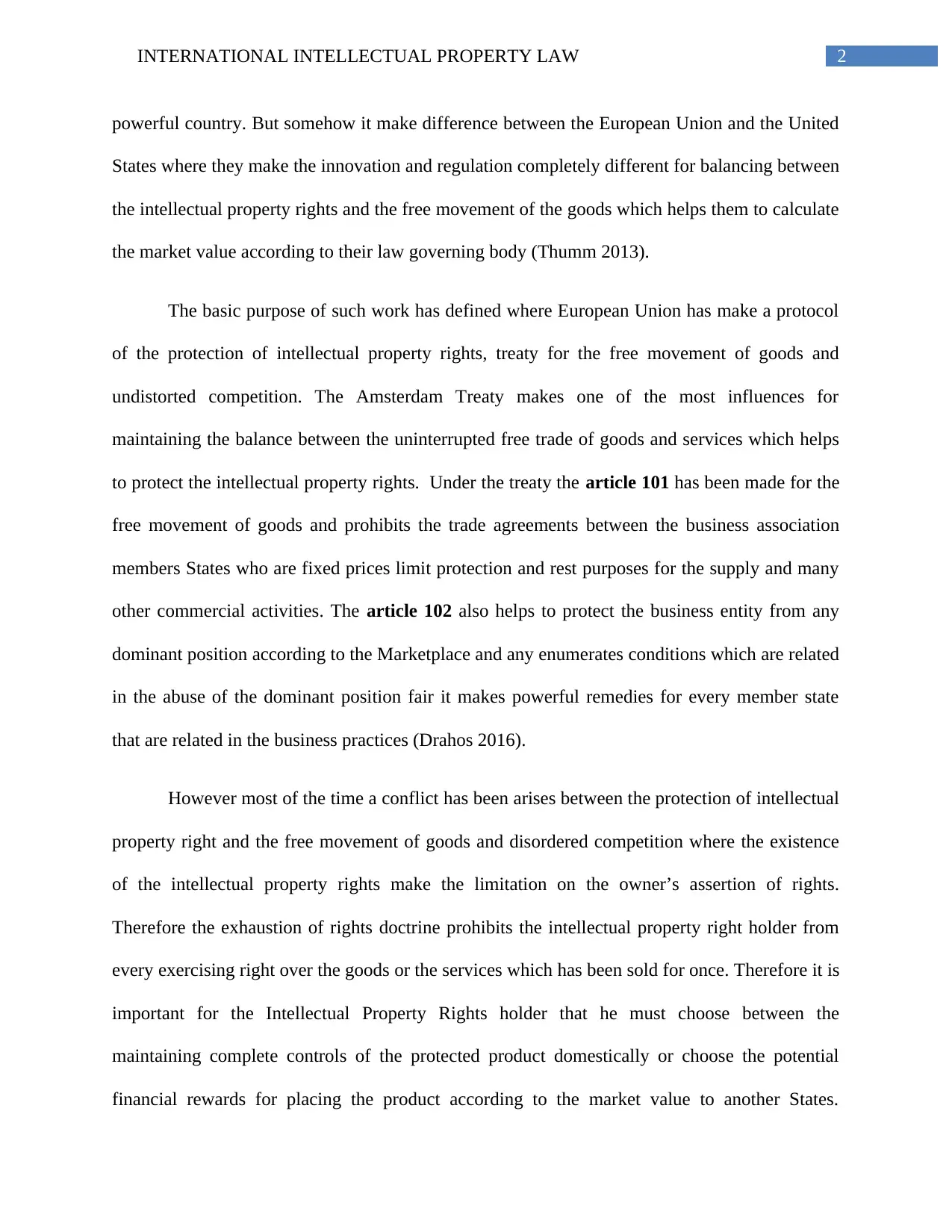

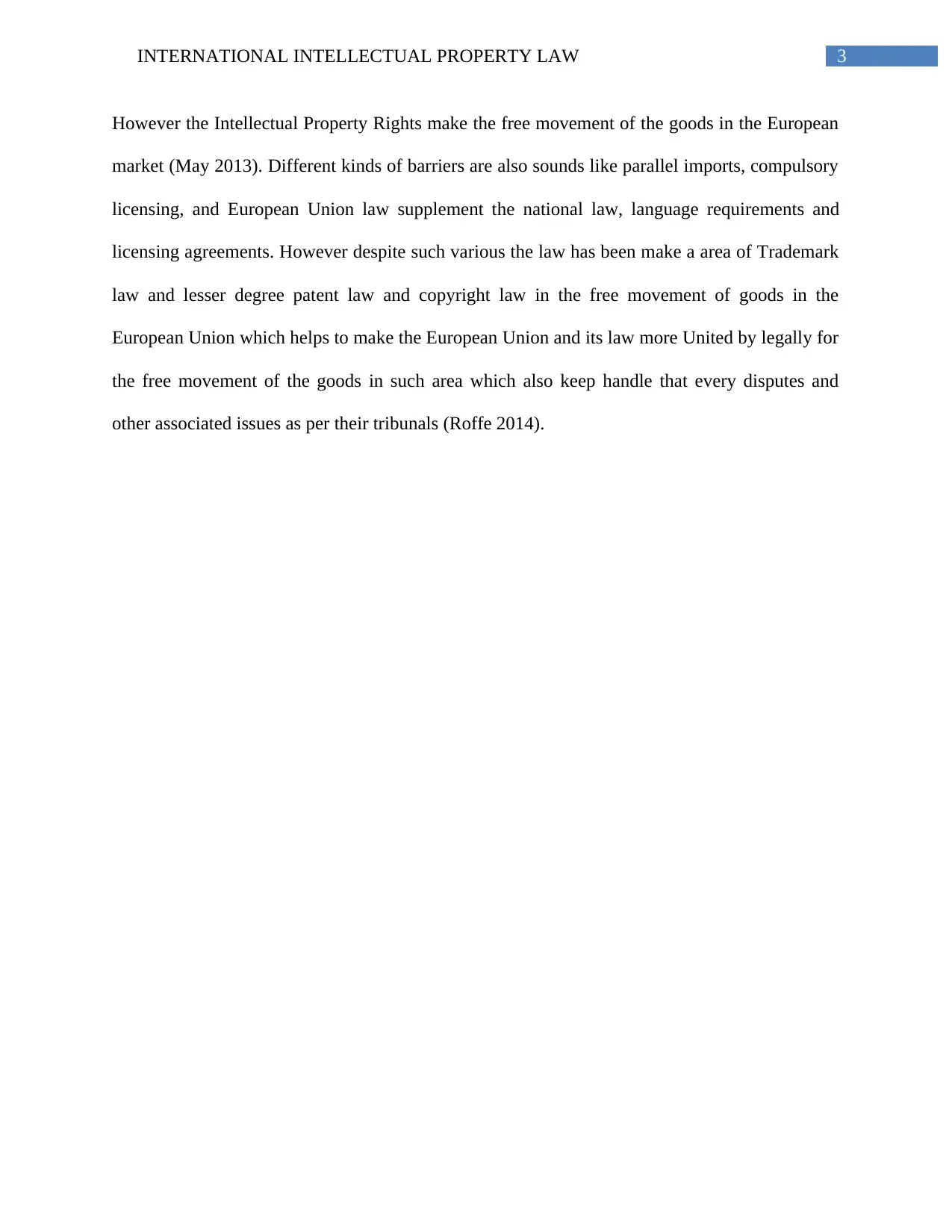
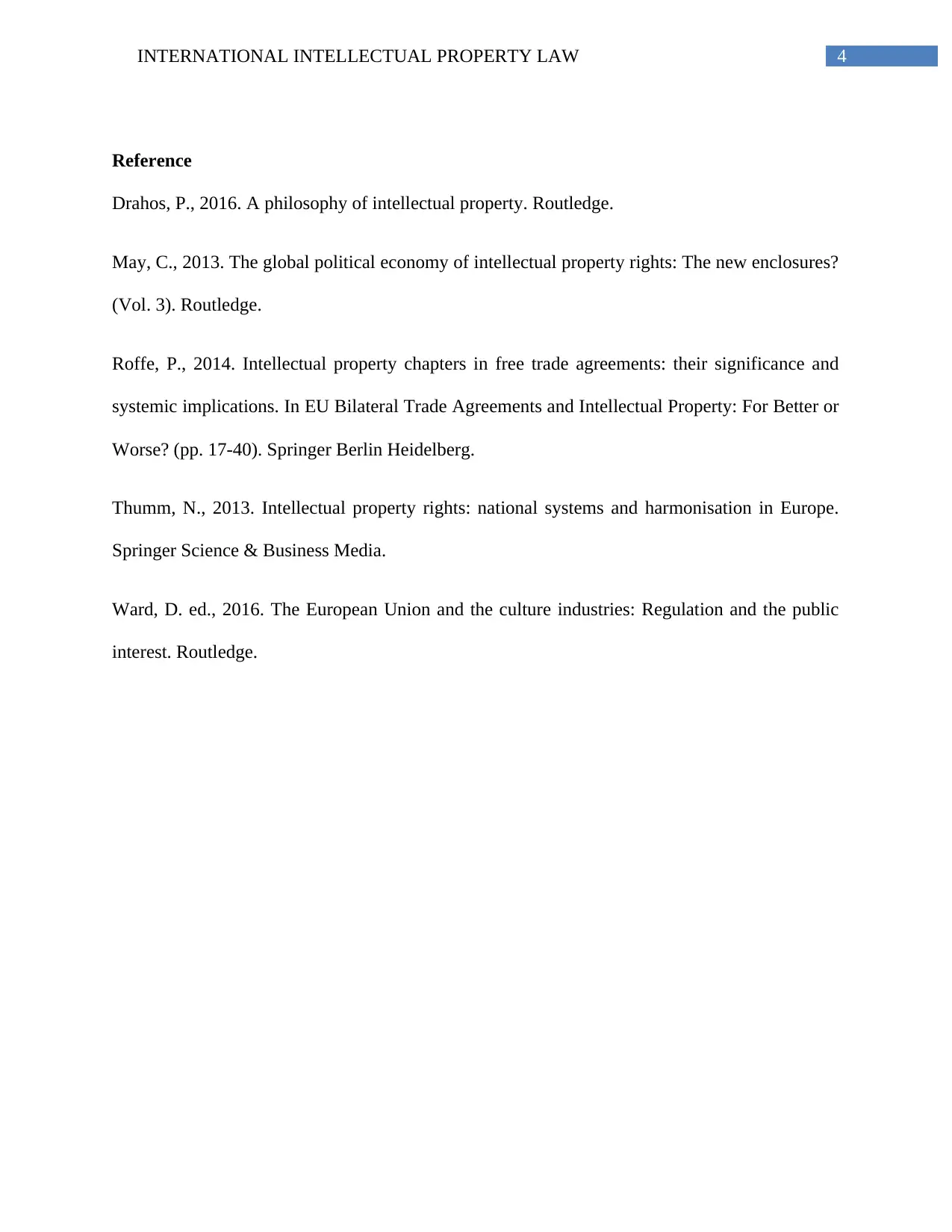






![[object Object]](/_next/static/media/star-bottom.7253800d.svg)